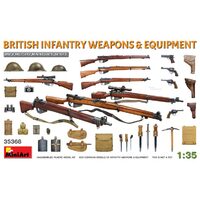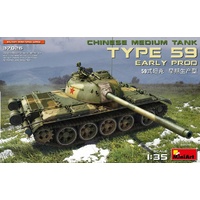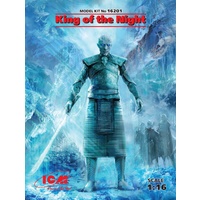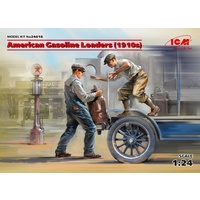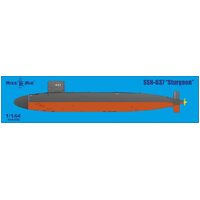
Mikromir 1/144 SSN-637 Sturgeon Plastic Model Kit 144-030
$179.99
Description
STURGEON class submarines were built for anti-submarine warfare in the late 1960s and 1970s. Using the same propulsion system as their smaller predecessors of the SSN-585 Skipjack and SSN-594 Permit classes, the larger Sturgeons sacrificed speed for greater combat capabilities. They are equipped to carry the HARPOON missile, the TOMAHAWK cruise missile,and the MK-48 and ADCAP torpedoes. Torpedo tubes are located amidships to accomodate the bow-mounted sonar. The sail-mounted dive planes rotate to a vertical position for breaking through the ice when surfacing in Arctic regions.
USS Sturgeon (SSN 637) was originally conceived as a modest upgrade to the Permits but she grew to become a class of her own. She was larger, both because quieting and size tend to accompany each other, and because she was given more space to accommodate a more advanced acoustic and SIGINT sensor suite. With the 637s the submarine force began to embrace LOFAR (LOw Frequency Analysis and Ranging) signal processing as a tool for both detection and classification. LOFAR provided an additional, very powerful tool for increasing acoustic signal-to-noise ratios. Using LOFAR, the sonar focuses only on those low frequency tonals where the submarine's source levels are highest. The sonar can therefore detect that narrow component of the submarine's overall sound spectrum at much greater ranges before noise drowns it out.
Experimental spectrum analyzers like the BQQ-3 were replaced in the early 1970s by digital systems and were deployed on all submarines rather than only those engaged in special missions. The 637s were also the vehicle for early experiments with towed arrays. Towed arrays were line arrays of omnidirectional hydrophones much like SOSUS arrays that used electronic beamformers to achieve array gain. Long, thin, towed arrays could provide more aperture than could bow or hull-mounted arrays, and also suffered less from self noise and flow noise
USS Sturgeon (SSN-637), the lead ship of a 37-unit class, was commissioned in 1967. This class introduced General Dynamics to submarine construction. That same year New York Shipbuilding Corporation dropped out of submarine construction while building USS Pogy (SSN-647); she was towed to Ingalls Shipbuilding in Pascagoula, Mississippi to be completed. Portsmouth Naval Shipyard dropped out of the nuclear powered submarine construction business in 1971, and Mare Island Naval Shipyard dropped out of the nuclear powered submarine construction business the following year. Ingalls Shipyard dropped out of the nuclear powered submarine construction business in 1974. This action left only General Dynamics Electric Boat and Newport News Shipbuilding as the U. S. Navy's only source of new construction nuclear powered submarines.
ТClass & type: Sturgeon-class attack submarine
Displacement: 4,010 tons light, 4309 tons full, 299 tons dead
Length: 89 m (292 ft)
Beam: 9.7 m (32 ft)
Draft: 8.8 m (29 ft)
Propulsion: S3G Core 3 reactor with a S5W Steam Plant
Speed: 25 knots
Complement: 14 officers, 95 men
Armament: Four 21-inch (533 mm) torpedo tubes
Specifications
| Brand | MikroMir |






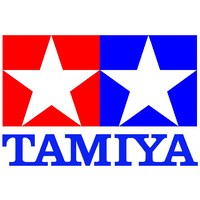



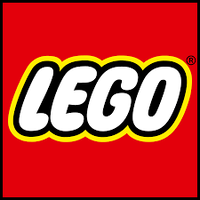
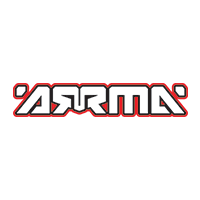
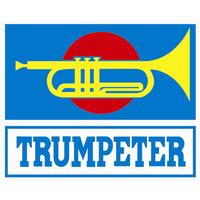
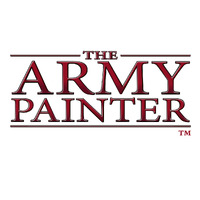

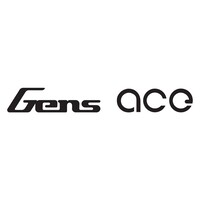
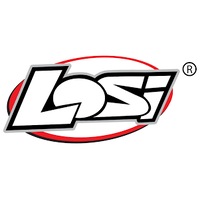
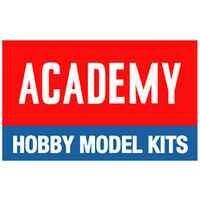
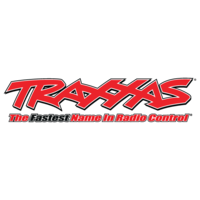


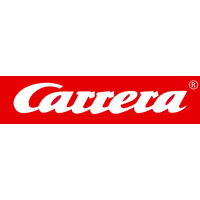

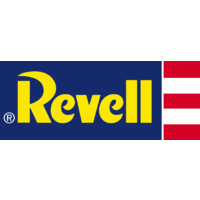
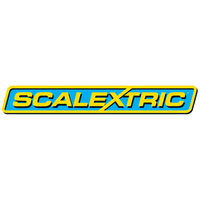

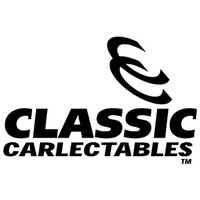
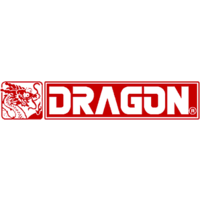
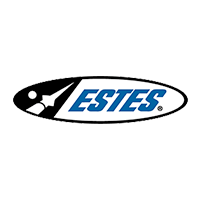
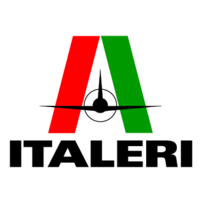

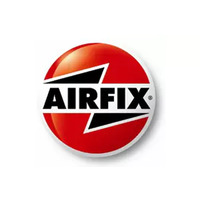
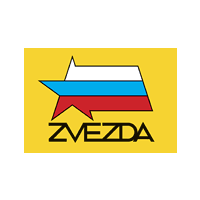
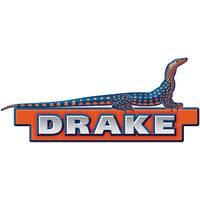

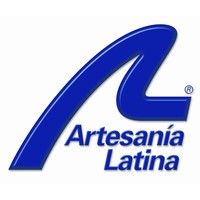


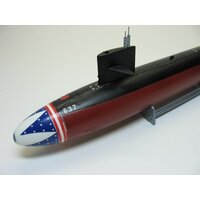

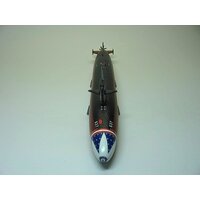
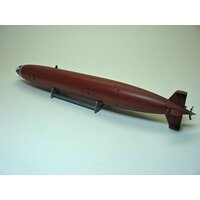


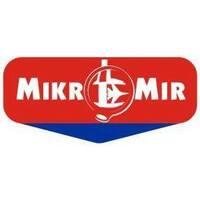
 Flat Rate
Flat Rate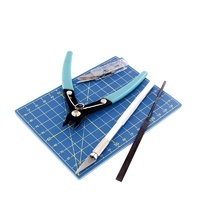
![Deluxe Materials Plastic Kit Glue 20mL [AD70]](/assets/thumb/DM-AD70.jpg?20230421114526)
